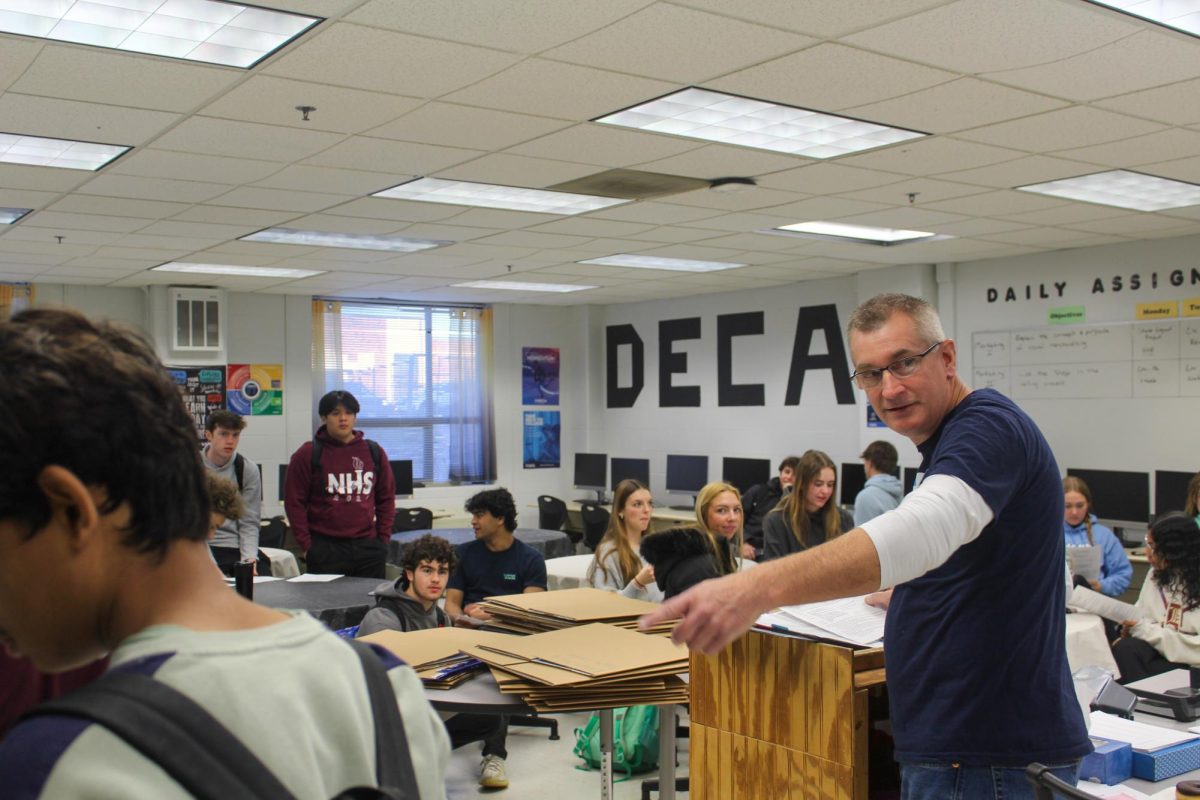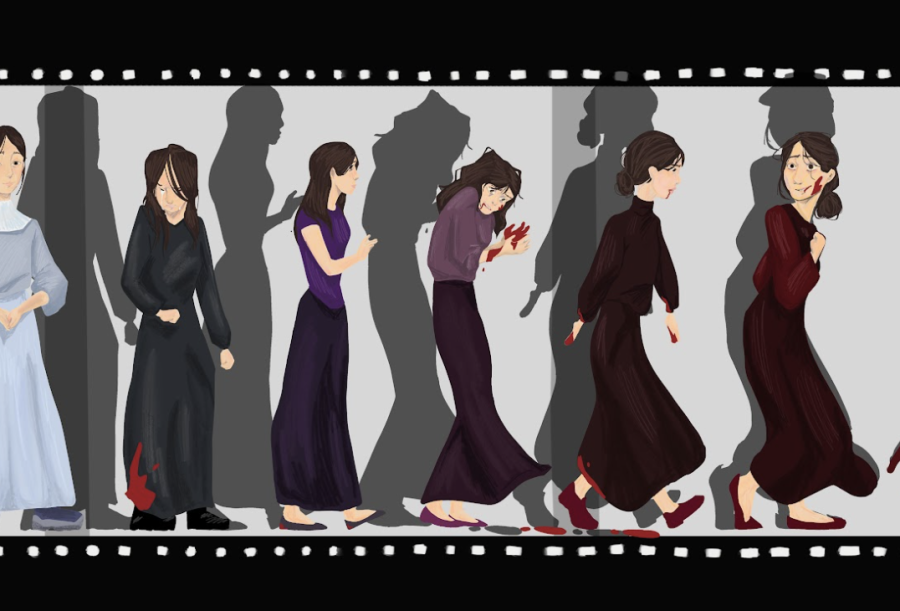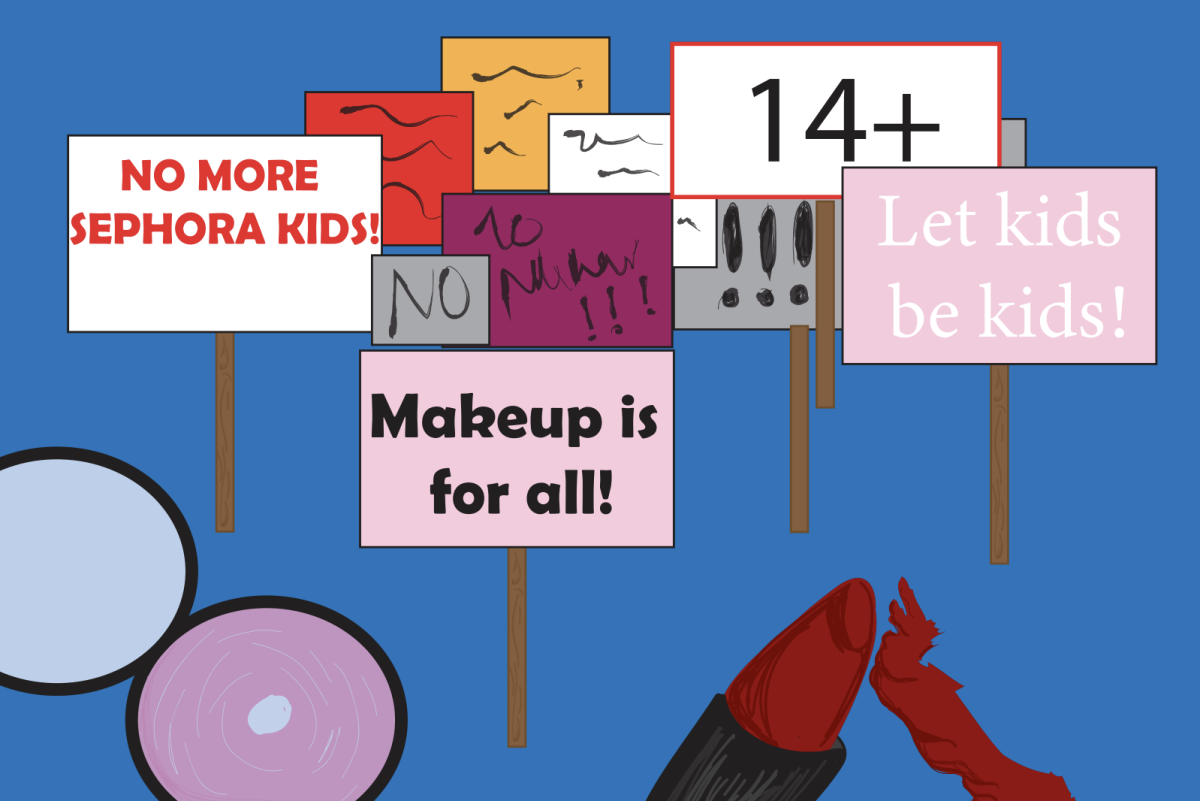In a world of convenience over character, and domination of mass production, the art of wearable masterpieces handcrafted by artisans is virtually obsolete. Our technological advances like Cricut have killed the cherished tradition of wearing a beautiful piece that hours of work has gone into.
Known as being the DIY haven for creatives, Pinterest has inadvertently contributed to the decline of fine crafted pieces. While it does provide endless inspiration for creatives, it fosters a culture of replication rather than innovation. Instead of encouraging individuals to develop their unique style and techniques, Pinterest often leads to the commodification of handmade goods, where originality takes a backseat to trends and popularity.
Years after the creation of Pinterest, the multi-material, die-cut machine famous amongst crafty Generation X and millennials, Cricut gained popularity. This was the first affordable and easily accessible machine of its kind. While this machine is great for making shirts you will only wear for special occasions, it ripped away what was once the hallmark of artisanal excellence, meticulously cutting, sewing, and embellishing fabric which can now be achieved with the push of a button, diminishing the artistry and soul of wearable art.
The final and most sinister contributor to this issue, Dropshipping. The easiest way to become an entrepreneur; buy products for nickels on the dollar, produced cheaply made possible by unethical business practices, then resell them for double the price, and earn money by doing as minimal amount of work possible. This indulges in hyper-consumerism which damages the environment. Along with this, by indulging in drastically low-priced products, producers who don’t pay employees a fair and ethical wage are rewarded in profit. It also takes away business and work from talented artists whose work is their single source of income.
Online marketplaces like Etsy are muddled up with overpriced cricut shirts, and poor quality mass produced items as a product of dropshipping. Trying to find a ring, or hand- crafted blouse is near impossible. To find these items, you must first scroll through pages upon pages of lazily created pieces. One would think that adding keywords like “Unique,” “Handcrafted” and “One of a Kind” would bring up artisan crafted pieces. But no. It comes up with a mix of factory produced items and even fewer beautifully created items.
It seems the only way now to find artists with quality pieces is to discover them on Instagram or TikTok. However within the past few years these platforms have changed their algorithms in ways that harm small artists making them even harder to find. TikTok favors highly engaged videos, which pushes videos with tons of likes, comments and shares to your page. Along with this, once a user interacts with a post by an artist or creator, they push more of that artist’s content at the user. While this can be beneficial for building a loyal fan base, it can also create a sort of echo chamber, where small artists struggle to reach new audiences beyond their existing followers.
Additionally, the rise of sponsored content and influencer marketing has further complicated matters for small artists on Instagram and TikTok. With brands and advertisers willing to pay top dollar for exposure on these platforms, unpaid posts have become increasingly limited. Small artists who cannot afford to invest in sponsored content find themselves at a disadvantage. Not to mention, TikTok Shop and Instagram’s shopping feature that has become increasingly popular with teens and young adults excludes artists who require a market that’s able to give their customers personalization options like color and size.
Along with this, Instagram’s recent introduction of features like Reels and TikTok’s changes to prioritize longer videos have added yet another layer of complexity for small artists. This requires artists to adapt their content to fit the platform’s ever-evolving preferences, which can be challenging for those with limited resources and expertise.
All of these issues for artists extend far beyond the decline of craft. It all speaks to the digital age in which the rich get richer and the popular get more popular. Our hyper-consumerism erodes individuality by prioritizing convenience and affordability over quality and originality. Buyers have lost sight of the value inherent in handmade goods. They have become passive consumers rather than active participants in the creative process. Content to adorn themselves with mass-produced garments devoid of meaning and character.
However, all hope is not lost. While the landscape of wearable art may have changed, there is still a glimmer of hope for those
who refuse to succumb to convenience. By supporting local artisans and independent creators, a new life is added to the age-old tradition of handmade craftsmanship and by valuing quality over quantity and investing in pieces that tell a story, the art of wearable art can be renewed.




![FHN Holds Prom at Old Hickory Country Club [Photo Gallery]](https://FHNtoday.com/wp-content/uploads/2024/04/Brewer_stopmotion-9-300x200.jpg)


![FHN Boys Varsity Volleyball Team Goes Against Troy [Photo Gallery]](https://FHNtoday.com/wp-content/uploads/2024/03/IMG_7545-300x200.jpg)
![FHN Students Watch the Solar Eclipse [Photo Gallery]](https://FHNtoday.com/wp-content/uploads/2024/04/4.8.24-solar-eclipse_-300x200.jpg)








![Instagram Reels Takes a Win Over TikTok After Years of Downgrades [Opinion]](https://FHNtoday.com/wp-content/uploads/2024/03/IMG_0758-e1711431070794.jpeg)
![“Lift” Fails To Take off on Netflix [Review]](https://FHNtoday.com/wp-content/uploads/2024/03/Lift_VanDyne_03.20.2024-1200x900.png)


![Steering Clear of the Road [Personal Column]](https://FHNtoday.com/wp-content/uploads/2024/03/Miranda-Fabian-from-husker-to-tiger-1200x800.png)




![Eras Tour Moves to Big Screen [Review]](https://FHNtoday.com/wp-content/uploads/2024/03/Untitled-design-14.png)
